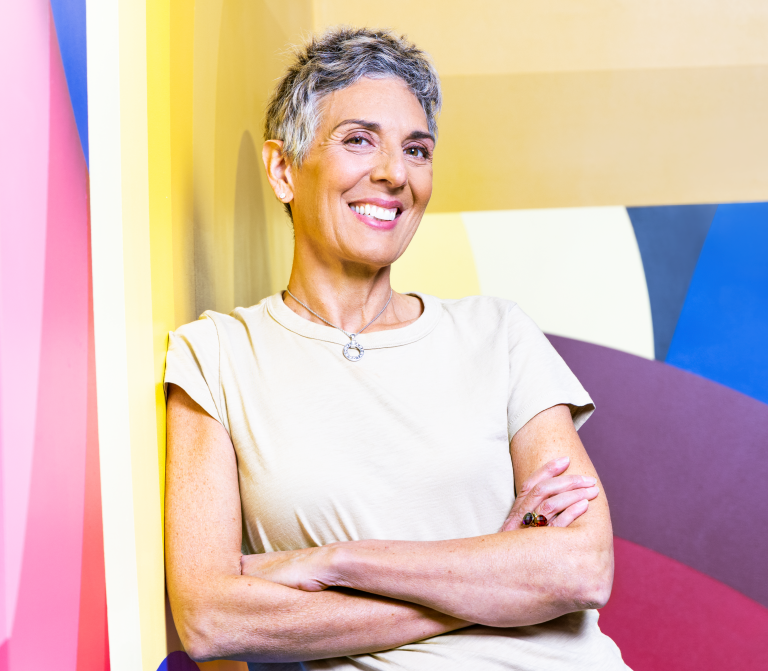The merging of different cultures has always played an important role in my life.

The merging of different cultures has always played an important role in my life.
You will lead HR Business Partnering, OD, and Learning & Development, and also oversee HR related managed services. You may already be an HR Director
HR Project Manager Job Title: HRProject Manager Location:North London Sector: Education ContractType: Permanent About the Role We havepartnered with an Educational establishment who are looking
HR Analytics and Reporting: Utilise HR metrics and analytics to inform decision-making and report on HR performance. Purpose of the Role The Human Resources Director